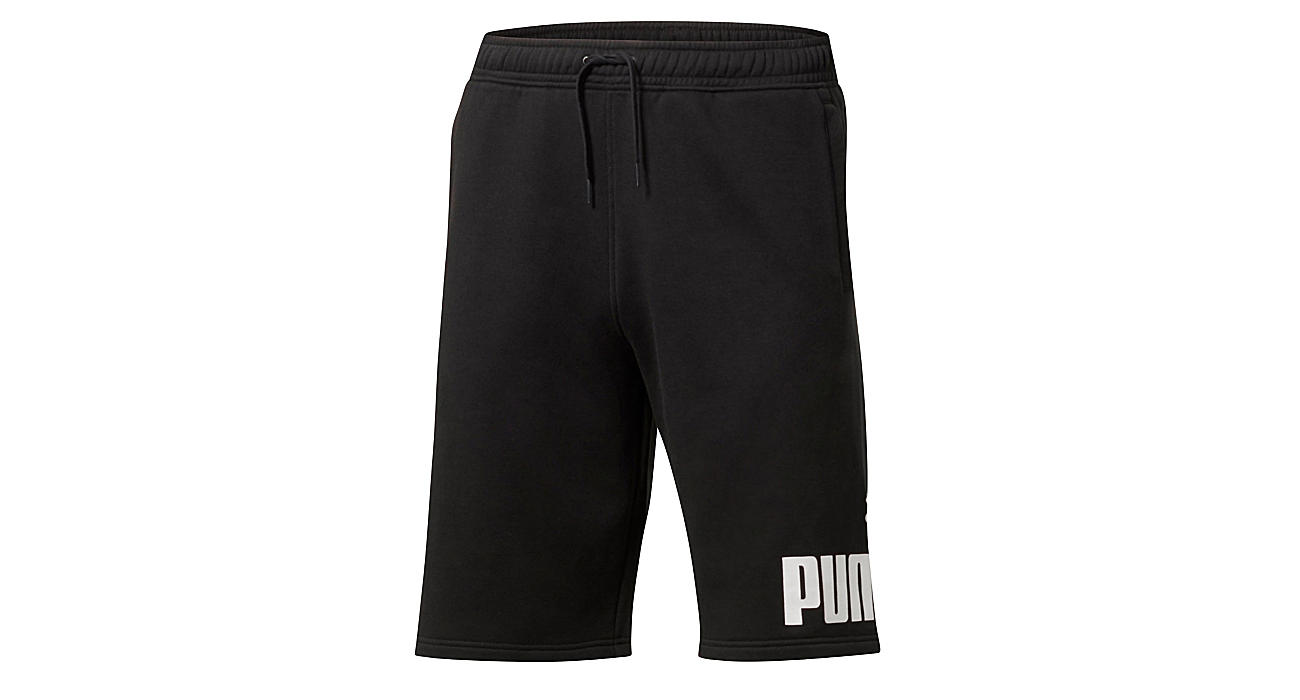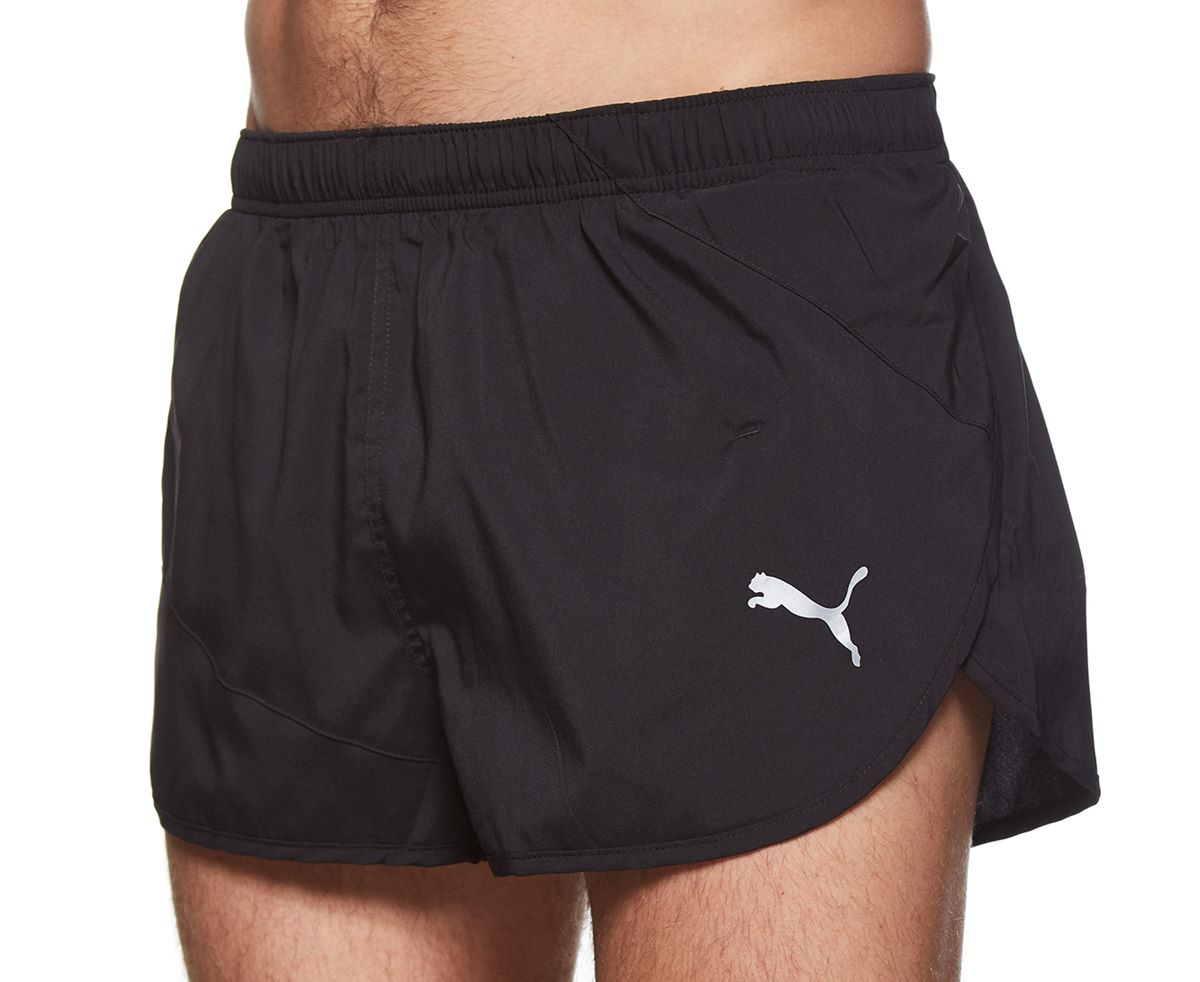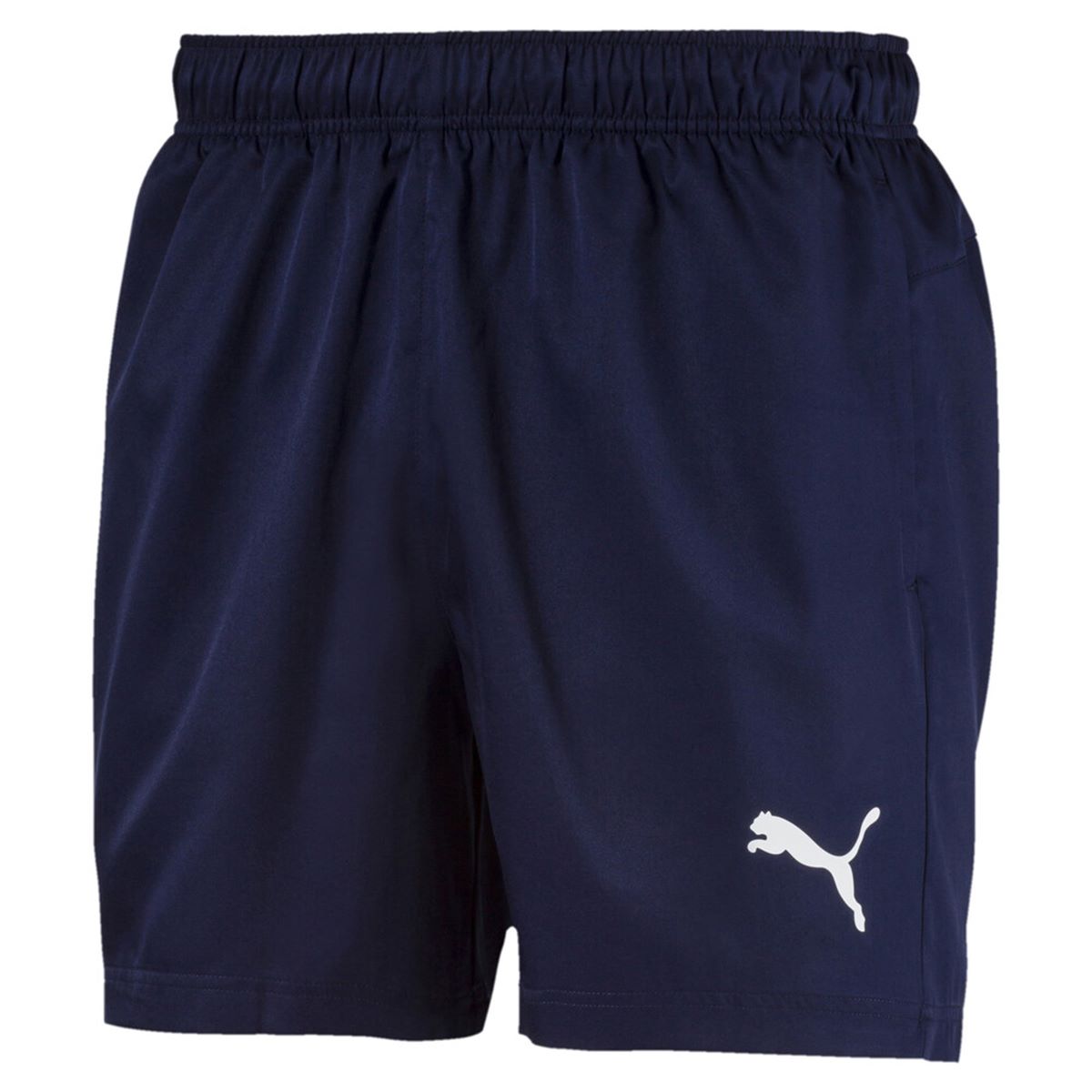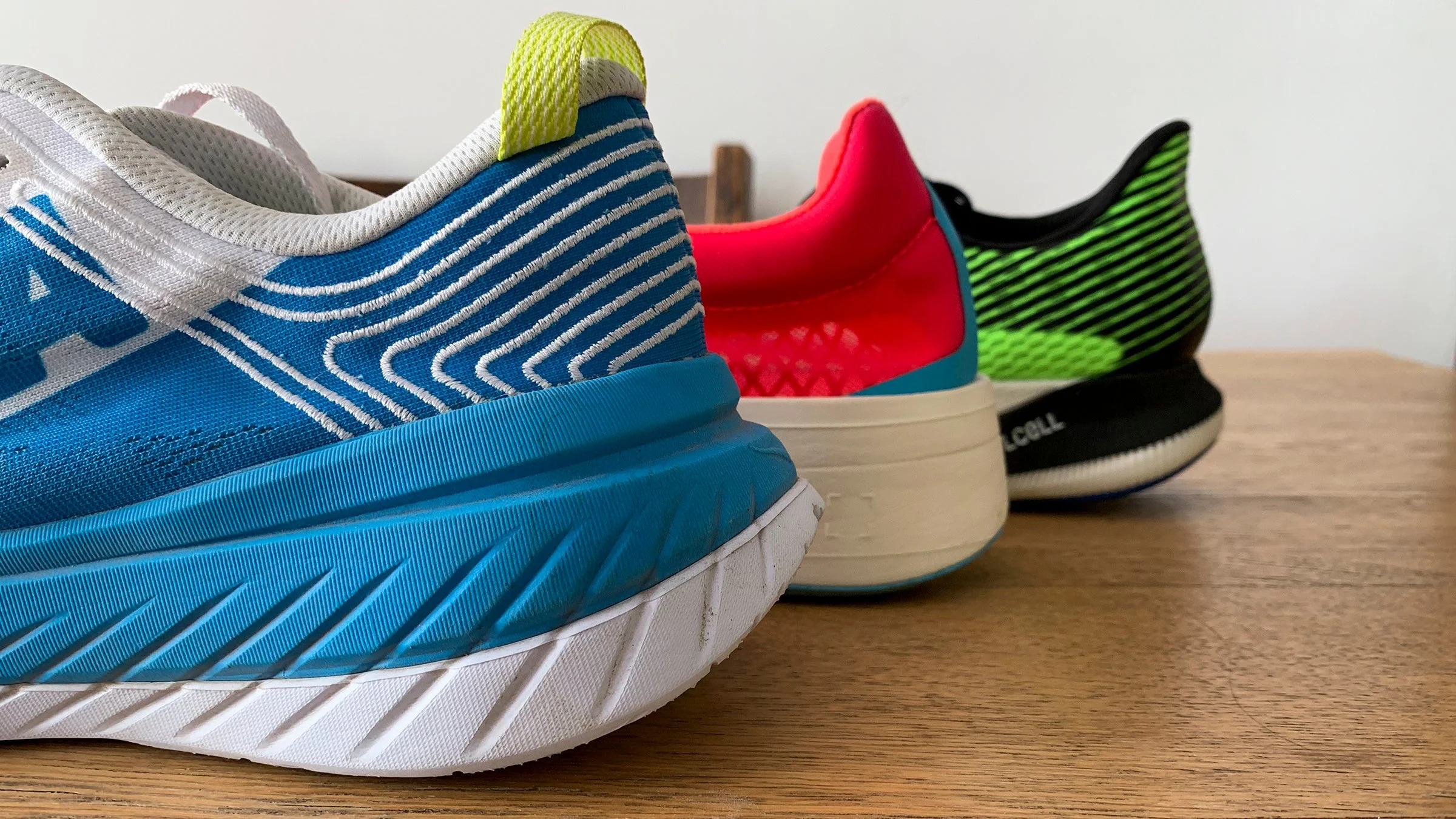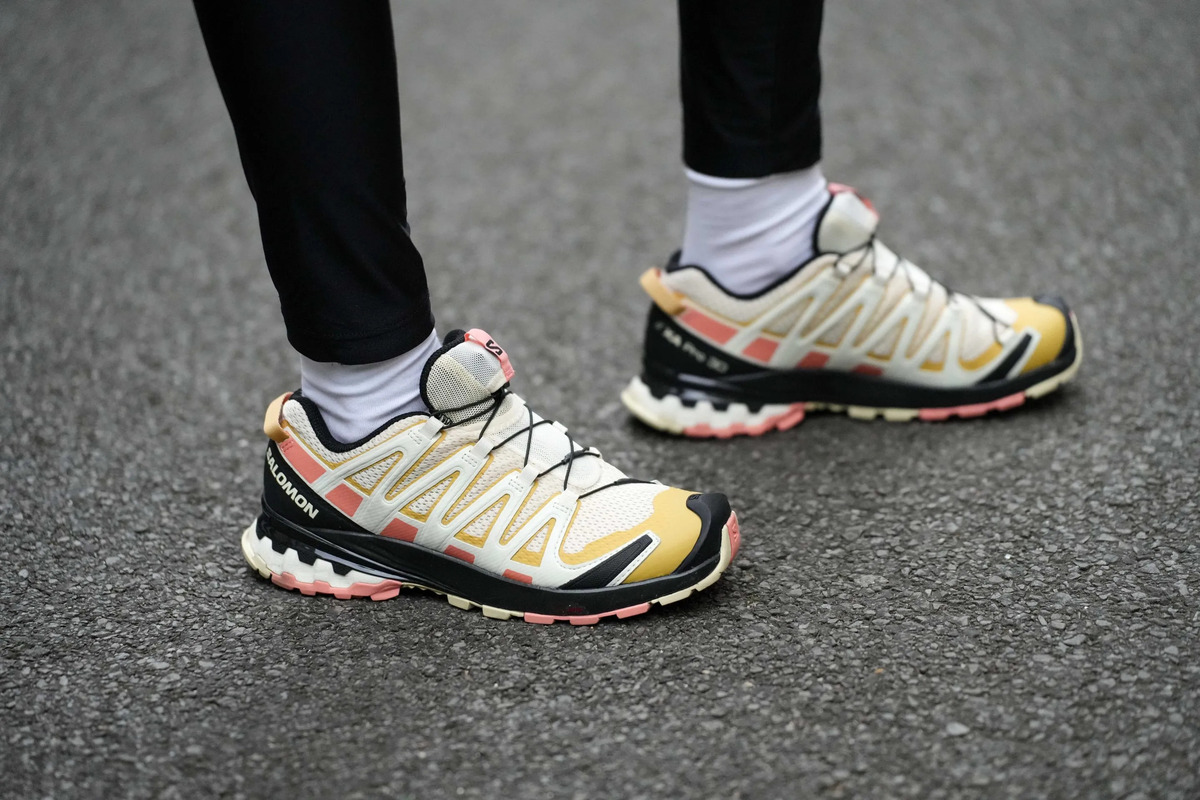Home>Shop by Feature>Design: Best Running Shorts>The Future of Running: The Influence of Technology on Running Shorts Fabrication


Design: Best Running Shorts
The Future of Running: The Influence of Technology on Running Shorts Fabrication
Modified: January 22, 2024
Explore the future of running shorts and the influence of technology on their fabrication in this forward-thinking article. Gain insights into the benefits of technologically-enhanced running shorts, including improved comfort, enhanced performance, and increased durability.
In the pursuit of optimal athletic performance, every aspect of an athlete’s gear is subject to innovation. Even the humble running short has experienced a remarkable evolution, with fabric technologies transforming our understanding of comfort, performance, and endurance. This article dives deep into the impact of technological advancements on running shorts fabrication and how they elevate the modern runner’s experience.
The Journey of Fabric Evolution
The story of fabric innovation is rooted in a relentless quest for improvement. Let’s take a quick look at the journey of fabric evolution:
Cotton Era
In the early days, cotton was the go-to fabric for athletic wear due to its natural feel and availability. However, cotton absorbs sweat, becoming heavy and uncomfortable during intense activity.
Introduction of Synthetics
Synthetic fabrics like polyester and nylon entered the scene in the mid-20th century, offering better sweat-wicking capabilities and durability than cotton.
The Tech Fabric Boom
In recent years, the fabrication of running shorts has been revolutionized by tech fabrics, designed with specific performance-enhancing properties.
Performance-Enhancing Tech Fabrics
Today, tech fabrics are taking the spotlight in the athletic wear industry. In fact, these specially engineered fabrics are pushing the boundaries of what we can expect from our running gear:
Moisture-Wicking Fabrics
These fabrics pull sweat away from the skin, keeping runners dry and comfortable. They are designed to dry quickly, reducing the clammy feeling that comes with sweat-soaked clothes.
Thermal Regulation Fabrics
Some modern fabrics can adapt to changing body temperatures, helping runners stay cool when it’s hot and warm when it’s cold. This is because these fabrics use phase-change materials that absorb, store, and release heat for optimal thermal comfort.
Compression Fabrics
Compression technology in running shorts can improve blood flow and reduce muscle vibration, thus potentially enhancing performance and recovery.
The Role of Nanotechnology
Nanotechnology, manipulating materials on an atomic or molecular scale, is the latest player in the world of fabric innovation:
Nano-Treated Fabrics
By embedding nanoparticles into fabric fibres, manufacturers can create running shorts with unique properties such as water-resistance, UV protection, and antimicrobial properties.
Smart Fabrics
Nanotechnology is paving the way for smart fabrics – textiles that can sense and respond to environmental conditions or stimuli. For example, smart fabrics can monitor physiological data like heart rate and temperature, providing real-time feedback to the wearer.
The Impact of 3D Printing
3D printing technology is another exciting development in the athletic wear industry. It allows manufacturers to design and produce customized running shorts with precision:
Custom Fit
3D printing technology can be used to create running shorts tailored to an individual’s exact measurements, thus ensuring a perfect fit.
Innovative Design Possibilities
With 3D printing, the possibilities for design and texture are virtually limitless, allowing for a high degree of personalization and innovation.
Sustainable Fabric Technologies
As environmental awareness increases, sustainable fabric technologies are gaining attention in the running gear industry:
Recycled Synthetic Fabrics
Today, many running shorts are made from recycled materials, such as discarded plastic bottles, reducing waste and the demand for new synthetic materials.
Biodegradable Fabrics
Some innovative companies are developing biodegradable tech fabrics that offer all the benefits of synthetic materials but decompose naturally when their useful life ends.
Conclusion
From moisture-wicking materials to smart fabrics, the influence of technology on the fabrication of running shorts is undeniable. As these advancements continue to evolve, we can expect running shorts that not only enhance performance and comfort but also prioritize sustainability and personalization.
Frequently Asked Questions
How does moisture-wicking fabric work in running shorts?
Moisture-wicking fabrics move sweat away from the skin and to the exterior of the fabric, where it can evaporate quickly, keeping the wearer dry and comfortable.
What are some examples of smart fabrics in running shorts?
Smart fabrics in running shorts can include materials that monitor heart rate, body temperature, and other physiological metrics. In fact, some even adjust to changing weather conditions, keeping the runner comfortable.
How does nanotechnology enhance the properties of running shorts?
Nanotechnology can enhance the properties of running shorts by embedding nanoparticles into the fabric fibers, thus making the shorts water-resistant, UV-protective, and even antimicrobial.
Are 3D-printed running shorts available for the average consumer?
While 3D-printed clothing is still a developing field, some companies are beginning to offer 3D-printed running shorts to the average consumer. However, they may be more expensive than traditionally-manufactured shorts due to the technology involved.
How are running shorts becoming more sustainable?
Running shorts are becoming more sustainable through the use of recycled synthetic materials and biodegradable fabrics. Significantly, this reduces waste and the environmental impact associated with the production of new synthetic materials.
